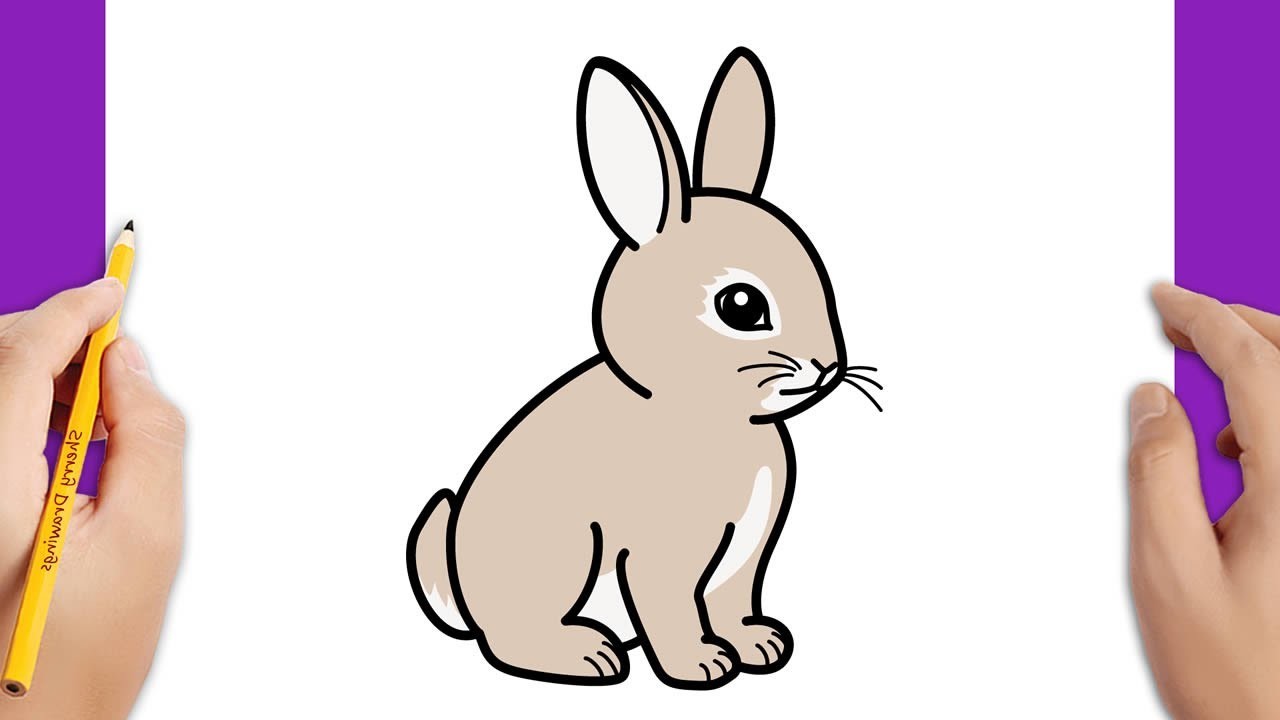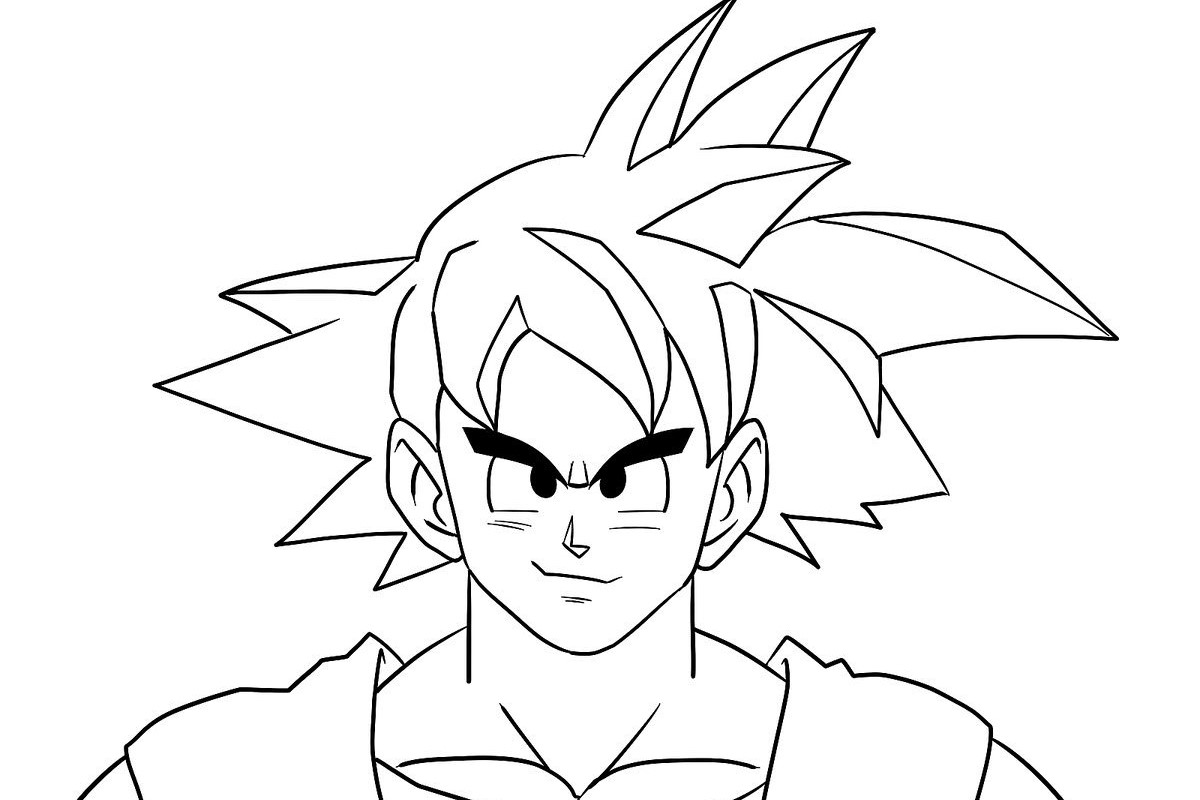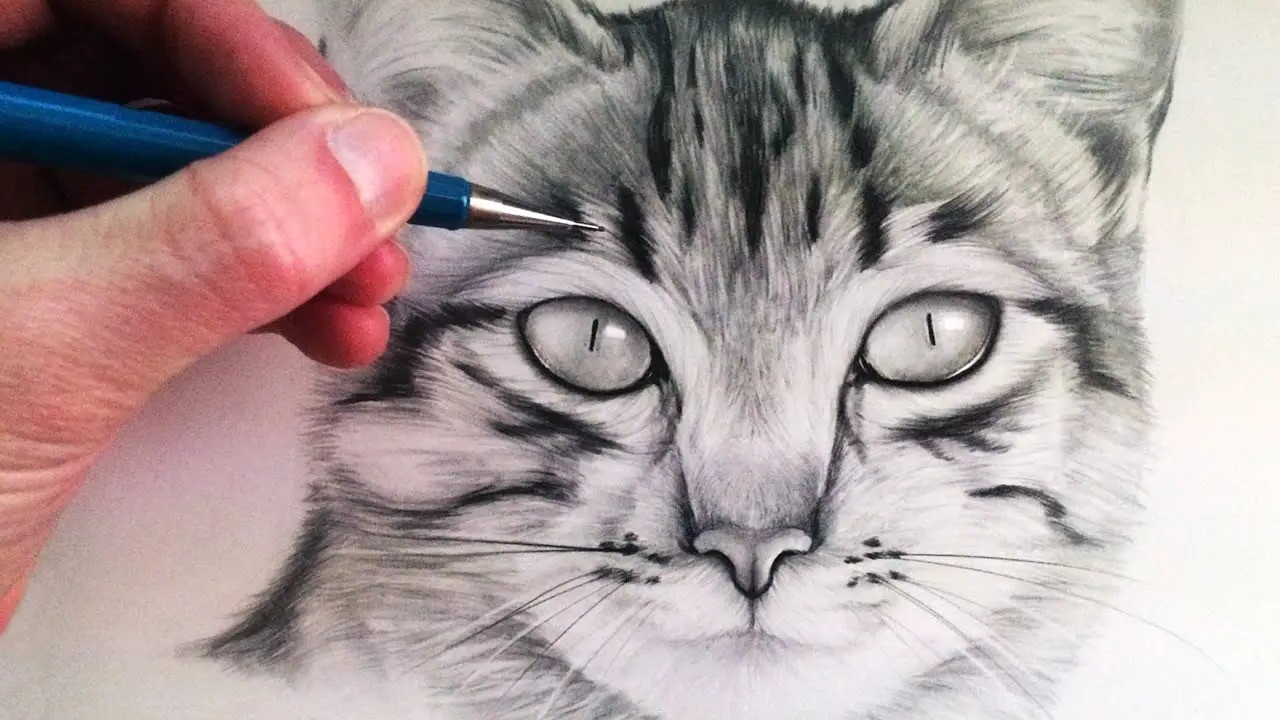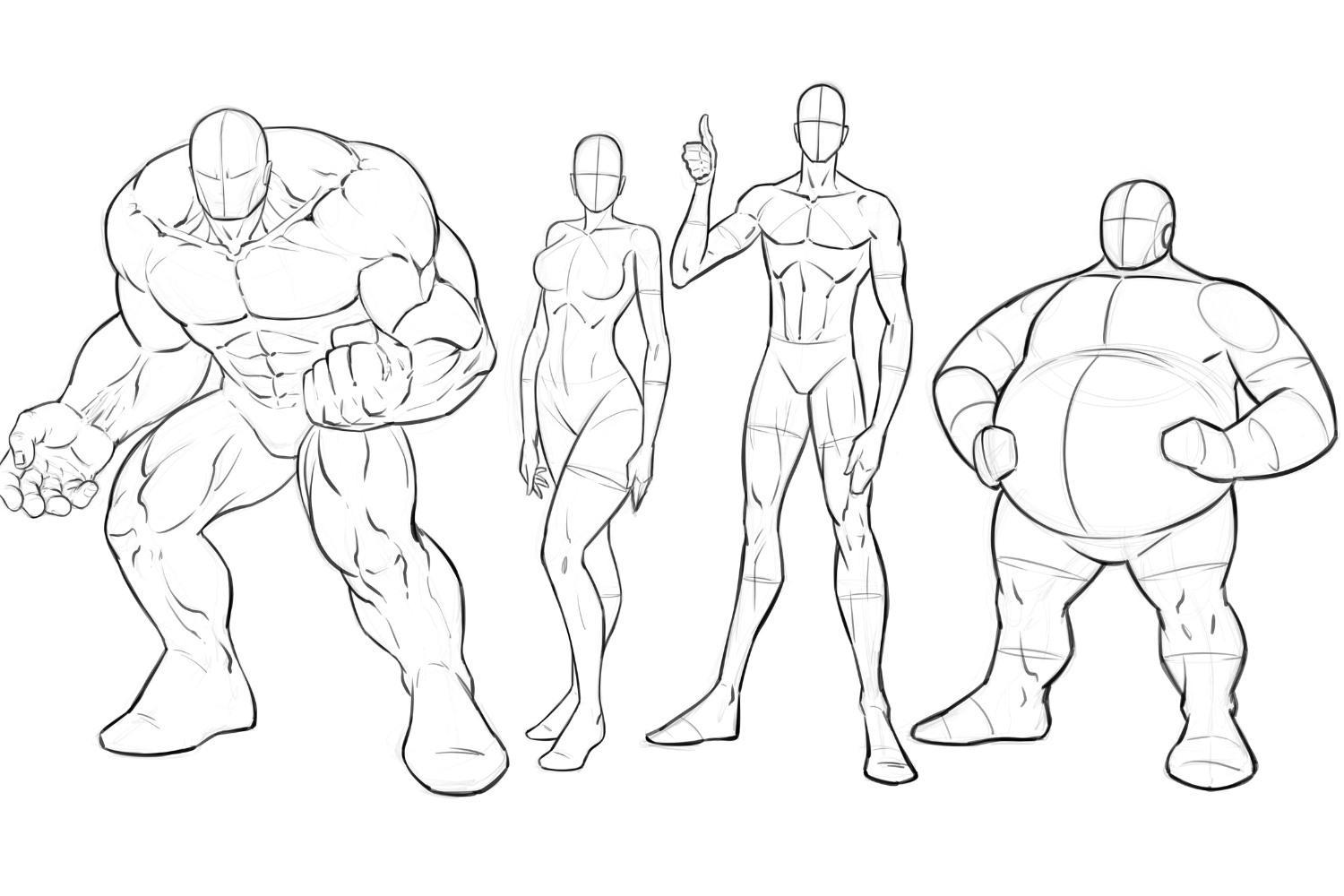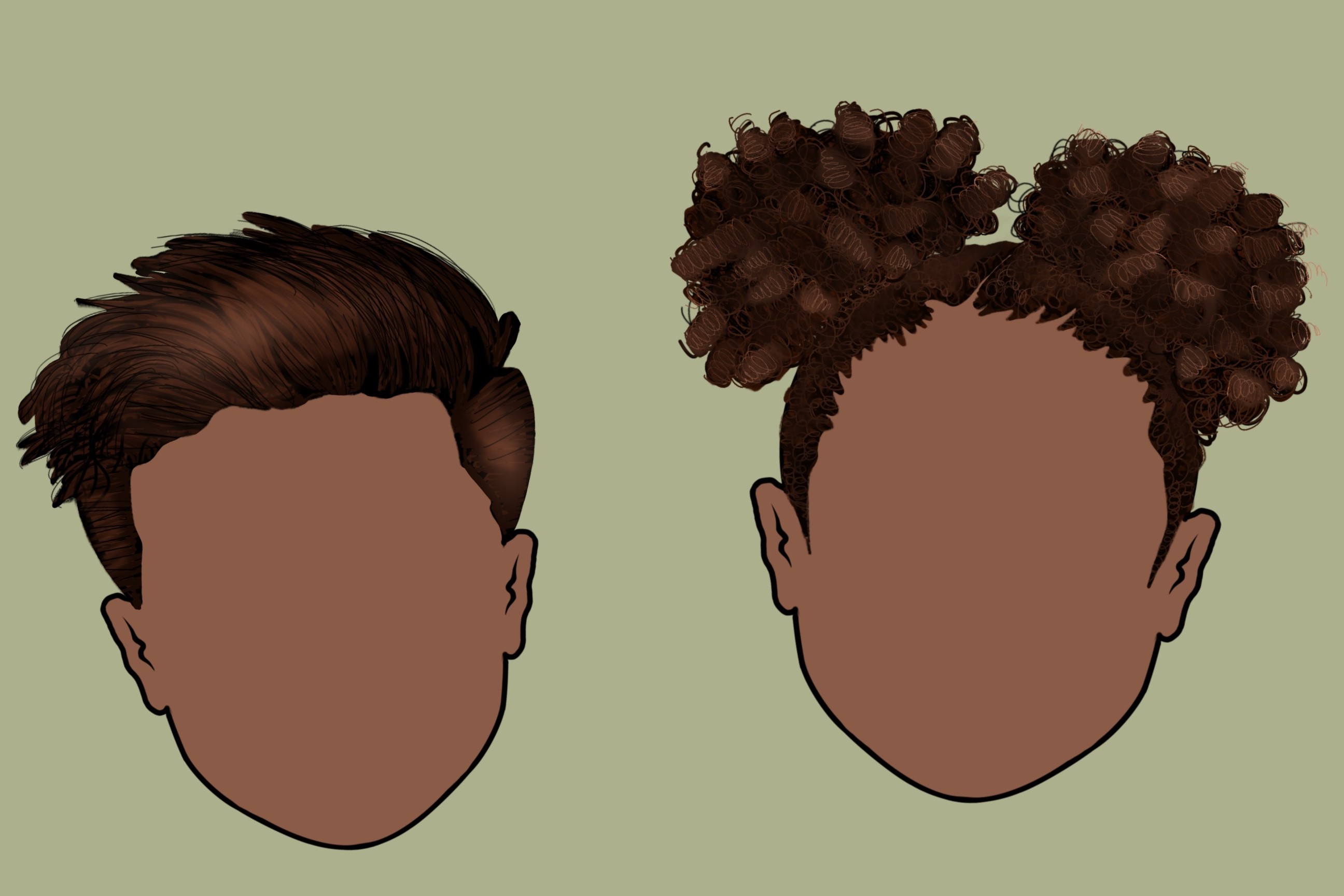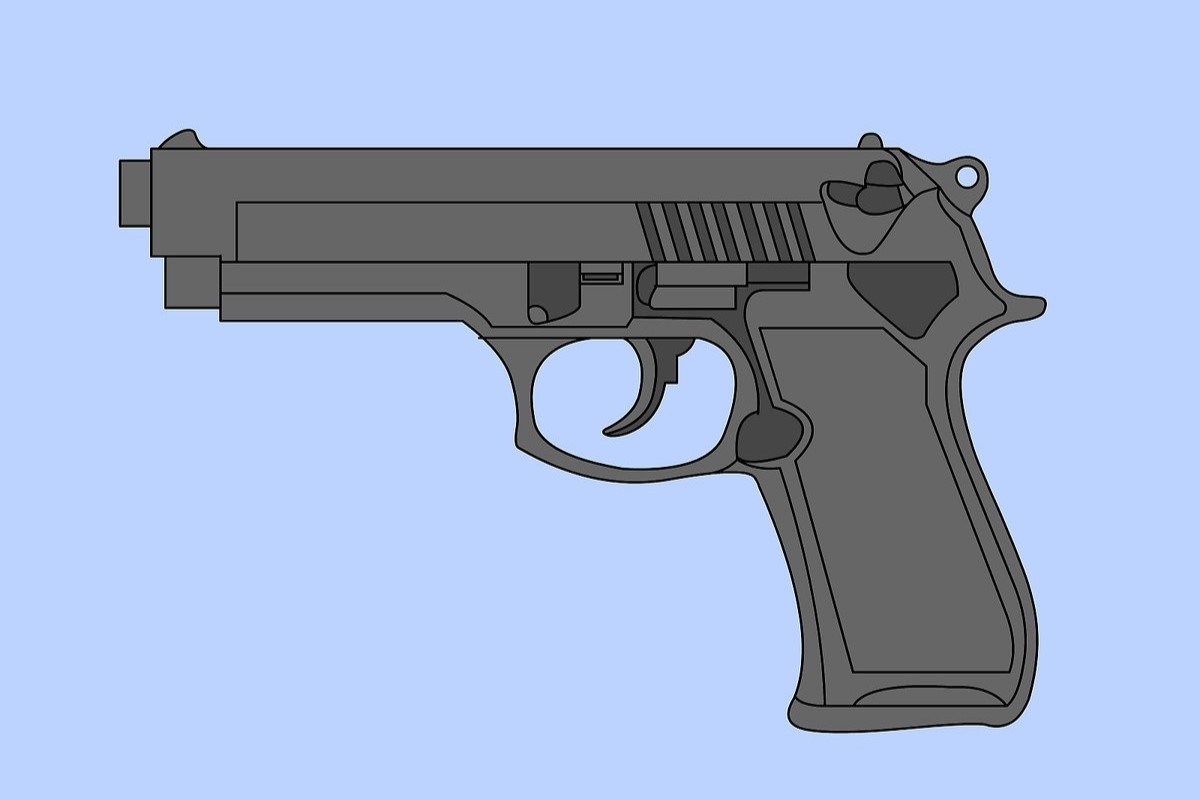Home>Arts and Culture>How To Draw A Crown
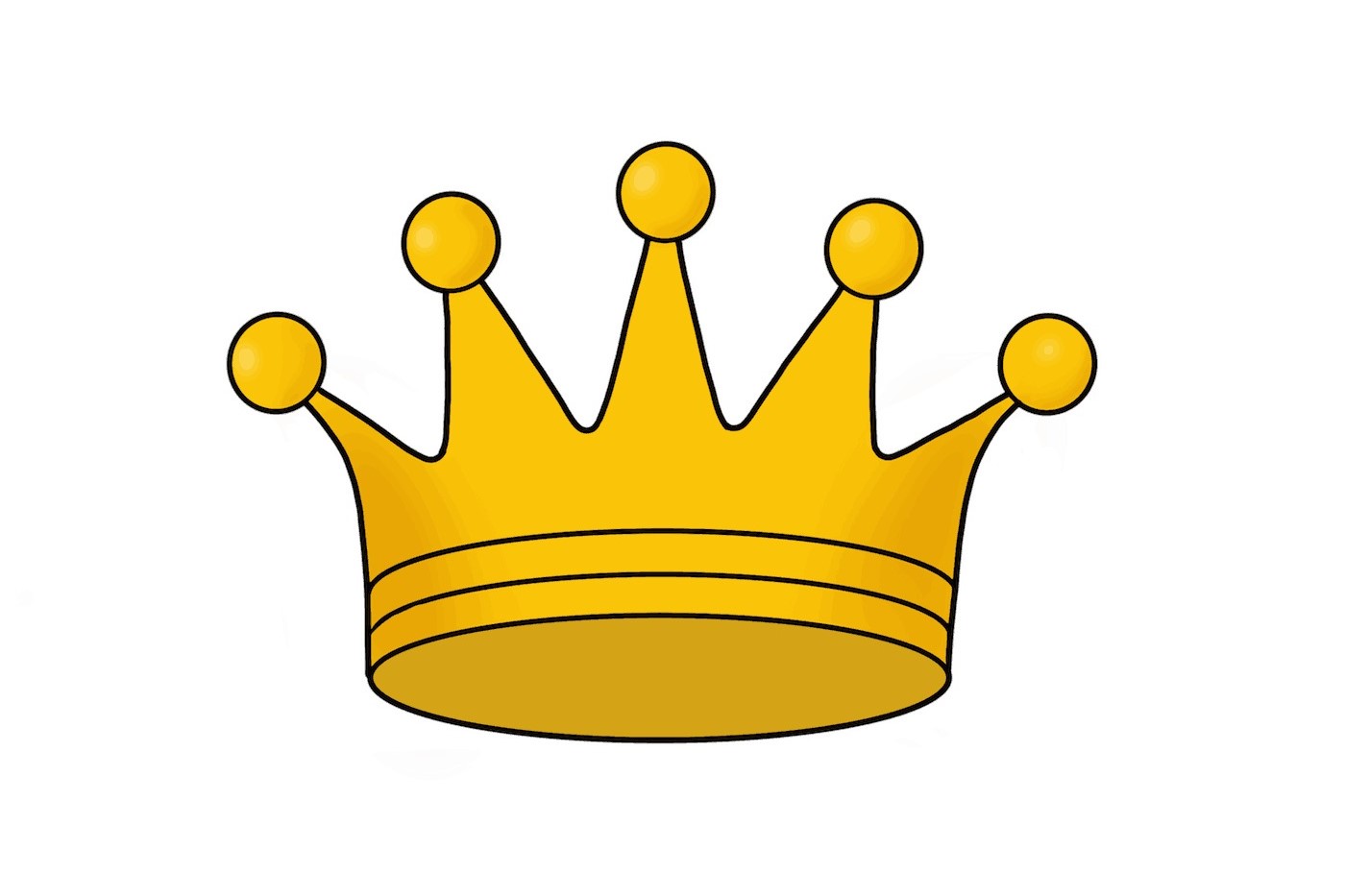

Arts and Culture
How To Draw A Crown
Published: February 27, 2024
Learn how to draw a crown with step-by-step instructions and tips. Perfect for arts and culture enthusiasts looking to improve their drawing skills.
(Many of the links in this article redirect to a specific reviewed product. Your purchase of these products through affiliate links helps to generate commission for Noodls.com, at no extra cost. Learn more)
Table of Contents
Introduction
Drawing a crown can be a fascinating and rewarding artistic endeavor. Whether you're creating a regal portrait, designing a royal emblem, or simply exploring your artistic skills, mastering the art of drawing a crown can add a touch of elegance and sophistication to your artwork. In this step-by-step guide, we will explore the process of drawing a classic crown, complete with intricate details and majestic flair.
As you embark on this artistic journey, remember that drawing a crown is not just about replicating its physical form; it's about capturing the essence of royalty and grandeur. With each stroke of your pencil, you have the opportunity to infuse your creation with a sense of majesty and power, making it a symbol of authority and prestige.
Whether you're a seasoned artist or a beginner with a passion for creativity, this guide will equip you with the skills and techniques needed to bring a crown to life on paper. So, gather your artistic tools, unleash your imagination, and let's dive into the enchanting world of drawing a crown.
Read more: How To Draw People
Materials Needed
Before you begin drawing a crown, it's essential to gather the right materials to ensure a smooth and enjoyable artistic process. Here's a list of the materials you'll need:
-
Drawing Paper: Select a high-quality drawing paper that can withstand pencil strokes and erasures. A smooth, heavyweight paper is ideal for creating detailed and refined artwork.
-
Pencils: Invest in a set of graphite pencils with varying degrees of hardness, such as 2H, HB, 2B, 4B, and 6B. These pencils will allow you to achieve different levels of shading and detailing in your crown drawing.
-
Eraser: A soft, kneaded eraser is essential for correcting mistakes and refining the details of your crown. It can be molded into different shapes to precisely erase small areas without smudging the surrounding lines.
-
Ruler: A straight-edge ruler will help you create precise and symmetrical lines when drawing the base and structure of the crown.
-
Fine-tip Pen or Marker: Having a fine-tip pen or marker on hand can be useful for outlining the final details of the crown and adding definition to specific features.
-
Reference Images: Consider gathering reference images of different crown designs to inspire your drawing and ensure accuracy in capturing the intricate elements of a regal crown.
-
Optional: Colored Pencils or Markers: If you wish to add color to your crown drawing, consider using colored pencils or markers to enhance its visual appeal and create a vibrant, royal aesthetic.
By assembling these materials, you'll be well-equipped to embark on the artistic journey of drawing a crown with precision, creativity, and attention to detail. With the right tools at your disposal, you can fully immerse yourself in the process of bringing a majestic crown to life on paper.
Step 1: Draw the Base of the Crown
To begin drawing a crown, start by sketching the foundational shape that will serve as the base of the regal adornment. Using a pencil and a clean sheet of drawing paper, follow these steps to create the initial structure of the crown:
-
Outline the Band: Draw a horizontal line across the middle of your paper to represent the band of the crown. Use a ruler to ensure the line is straight and evenly positioned.
-
Add Vertical Crossbars: From the center of the band, draw two vertical lines extending upwards. These lines will form the framework for the arches and peaks of the crown.
-
Sketch the Arches: Connect the top of each vertical line to the ends of the band, creating a curved arch on each side. These arches will define the overall shape of the crown and establish its regal silhouette.
-
Shape the Peaks: At the highest point of each arch, draw a small triangle to represent the peaks of the crown. Ensure that the triangles are symmetrical and proportionate to maintain a balanced and harmonious design.
-
Refine the Details: Once the basic structure is in place, refine the lines and curves to achieve a cohesive and polished appearance. Pay attention to the spacing and alignment of the elements to create a visually appealing foundation for the crown.
By following these steps, you will establish the fundamental outline of the crown, laying the groundwork for the intricate details and embellishments that will be added in the subsequent stages of the drawing process. The base of the crown serves as the architectural framework upon which the majestic features of the regal adornment will be built, setting the stage for a captivating and visually stunning artistic creation.
Step 2: Add the Spikes
With the foundational structure of the crown in place, the next step involves adding the iconic spikes that adorn the top of the regal emblem. These spikes contribute to the majestic and imposing presence of the crown, symbolizing authority and power. To bring these distinctive elements to life on paper, follow these detailed steps:
-
Identify Spike Placement: Begin by determining the placement of the spikes along the upper edge of the crown. Visualize the spacing and arrangement of the spikes to ensure a balanced and symmetrical design. Consider referencing images of different crown styles to inspire your spike placement.
-
Sketch the Spikes: Using your pencil, carefully draw elongated triangular shapes extending upwards from the peaks of the crown. The spikes should taper to a point, creating a sense of vertical elevation and grandeur. Ensure that the size and angle of each spike are consistent to maintain visual harmony.
-
Refine the Spike Details: Once the basic shapes of the spikes are in place, refine the details to enhance their visual impact. Pay attention to the curvature and sharpness of the spikes, adding subtle variations to infuse them with a sense of dynamism and regal splendor.
-
Emphasize Dimension and Depth: To convey a three-dimensional quality, consider adding shading to the inner sides of the spikes, creating a contrast between light and shadow. This technique will imbue the spikes with a sense of depth and presence, elevating the overall aesthetic of the crown.
-
Evaluate and Adjust: Step back and assess the placement and appearance of the spikes in relation to the crown's structure. Make any necessary adjustments to ensure that the spikes complement the overall design, enhancing the visual impact of the regal emblem.
By meticulously adding the spikes to the crown, you will elevate its visual allure and capture the essence of royalty and grandeur. These distinctive elements serve as a defining feature of the crown, commanding attention and exuding an aura of authority. With the spikes in place, your artistic creation will exude a captivating and majestic presence, embodying the timeless symbolism of regal power and prestige.
Step 3: Detail the Crown
Detailing the crown is a pivotal stage in the artistic process, where the regal emblem truly comes to life with intricate embellishments and ornate features. This step allows you to infuse the crown with a sense of opulence and refinement, elevating its visual impact and capturing the essence of royal splendor. To meticulously detail the crown, follow these steps to imbue it with an aura of magnificence and grandeur:
-
Embellish the Band: Enhance the central band of the crown with decorative motifs, such as filigree patterns, gemstone settings, or symbolic engravings. These embellishments can be delicately sketched to adorn the band, adding a touch of regal sophistication and visual allure.
-
Add Intricate Patterns: Extend the detailing to the arches and peaks of the crown, incorporating intricate patterns and motifs that exude elegance and luxury. Consider incorporating floral designs, geometric motifs, or symbolic elements that resonate with the concept of royalty and authority.
-
Incorporate Gemstone Settings: Depict the presence of gemstones or precious jewels within the crown by adding shimmering details and facets to specific areas. Whether it's the focal point of the crown or scattered throughout its design, the inclusion of gemstone settings adds a captivating sparkle and opulence to the regal emblem.
-
Refine the Edges and Curves: Pay close attention to refining the edges and curves of the crown, ensuring that they exude a sense of precision and craftsmanship. Smooth out any rough lines and curves, and add subtle variations in thickness to create a sense of dimension and elegance.
-
Emphasize Texture and Materiality: Convey the texture and materiality of the crown by adding subtle shading and hatching to simulate the luster of metal, the sparkle of gemstones, or the intricacies of ornate details. This technique adds depth and realism to the crown, enhancing its visual impact.
By meticulously detailing the crown with these refined techniques, you will transform it into a symbol of regal opulence and authority. Each intricate element and embellishment contributes to the overall majesty of the crown, capturing the essence of royal splendor and elevating it to a work of art that exudes timeless grandeur.
Read more: How To Draw A Squirrel
Step 4: Erase any Unnecessary Lines
As you progress through the intricate process of drawing a crown, it's essential to refine the visual clarity and precision of your artistic creation. This pivotal step involves carefully evaluating the lines and contours of the crown to identify and eliminate any unnecessary or extraneous marks that may detract from its overall elegance and regal appeal.
Begin by conducting a thorough assessment of the crown, paying close attention to the individual elements and structural components. Using a soft, kneaded eraser, gently remove any stray pencil marks, overlapping lines, or faint guidelines that served as initial construction references. By selectively erasing these superfluous lines, you can enhance the crispness and definition of the crown, allowing its majestic form to emerge with clarity and grace.
As you meticulously erase any unnecessary lines, maintain a keen eye for detail and precision, ensuring that the refined contours and edges of the crown convey a sense of seamless craftsmanship and artistry. By eliminating distracting elements and streamlining the overall appearance of the regal emblem, you elevate its visual impact and imbue it with a sense of polished refinement.
Furthermore, the process of erasing unnecessary lines presents an opportunity to fine-tune the proportions and symmetry of the crown, refining its structural integrity and aesthetic balance. By selectively removing extraneous marks, you can harmonize the intricate details and contours, resulting in a visually harmonious and captivating portrayal of regal grandeur.
Ultimately, the act of erasing any unnecessary lines is a transformative stage in the artistic journey of drawing a crown. It allows you to sculpt and refine the visual narrative of the regal emblem, ensuring that every stroke and contour contributes to its commanding presence and timeless allure. With precision and discernment, the process of erasure becomes a pivotal means of elevating the crown to a state of regal perfection, where every line serves to accentuate its majestic splendor.
Step 5: Add Shading and Texture
As the crown takes shape, the addition of shading and texture serves as the final touch that elevates its visual impact to a new level of depth and realism. This crucial step allows you to infuse the regal emblem with a sense of dimension, materiality, and luminosity, bringing forth its inherent opulence and grandeur. By skillfully incorporating shading and texture, you can transform the two-dimensional representation of the crown into a captivating portrayal of regal magnificence.
Begin by assessing the light source and determining the areas of the crown that would be illuminated and those that would be cast in shadow. With a keen understanding of light and shadow, delicately apply varying degrees of shading to create the illusion of depth and form within the crown. Consider the curvature and contours of the regal adornment, using subtle gradations of shading to accentuate its three-dimensional structure and evoke a sense of realism.
Furthermore, the addition of texture plays a pivotal role in enhancing the tactile and visual qualities of the crown. Whether it's the smooth luster of polished metal, the intricate facets of gemstones, or the ornate details of filigree, texture adds a layer of richness and authenticity to the artistic portrayal. Employ hatching, cross-hatching, and stippling techniques to convey the tactile nuances of different materials, infusing the crown with a sense of luxurious materiality and craftsmanship.
As you delicately apply shading and texture, strive to achieve a harmonious balance that accentuates the regal elegance of the crown. Pay attention to the interplay of light and shadow, using shading to create a sense of volume and presence, while texture adds a tactile richness that invites the viewer to immerse themselves in the opulent world of the regal emblem.
Ultimately, the meticulous application of shading and texture breathes life into the crown, imbuing it with a captivating allure that transcends the confines of the paper. Through the interplay of light, shadow, and texture, the regal emblem emerges as a timeless symbol of authority and prestige, exuding a palpable sense of grandeur and sophistication. With each stroke of the pencil, the crown becomes a testament to the artist's skill and vision, capturing the essence of regal opulence in a mesmerizing portrayal of artistic mastery.
Conclusion
In conclusion, the process of drawing a crown is a captivating artistic journey that transcends mere representation, allowing the artist to encapsulate the timeless symbolism of regal authority and grandeur on paper. From the initial sketch of the crown's foundational structure to the meticulous detailing of ornate embellishments, each step in the drawing process contributes to the creation of a majestic emblem that exudes opulence and sophistication.
As the final touches of shading and texture are delicately applied, the crown emerges as a tangible symbol of regal magnificence, inviting the viewer to immerse themselves in its captivating allure. The interplay of light and shadow, coupled with the tactile richness of texture, imbues the regal emblem with a sense of three-dimensional presence, elevating it from a mere drawing to a captivating portrayal of artistic mastery.
Drawing a crown is not merely a technical exercise; it is an opportunity for the artist to infuse their creation with a sense of narrative and symbolism. Each stroke of the pencil becomes a deliberate expression of regal authority and timeless elegance, capturing the essence of royalty and power in a single artistic representation.
Furthermore, the act of erasing unnecessary lines and refining the contours of the crown underscores the artist's commitment to precision and craftsmanship, ensuring that every aspect of the regal emblem contributes to its commanding presence and visual harmony.
Ultimately, the process of drawing a crown transcends the realm of artistry, serving as a testament to the enduring allure of regal symbolism and the artist's ability to breathe life into their creations. Whether it's a symbol of monarchy, a decorative motif, or a representation of authority, the crown stands as a timeless emblem of power and prestige, immortalized through the artist's skillful hand and creative vision.
In essence, drawing a crown is an invitation to explore the intersection of art and symbolism, where each stroke of the pencil becomes a brushstroke in the grand narrative of regal opulence and authority. It is a testament to the artist's ability to capture the essence of majesty and grandeur, transcending the confines of the paper to evoke a sense of timeless splendor and artistic mastery.







